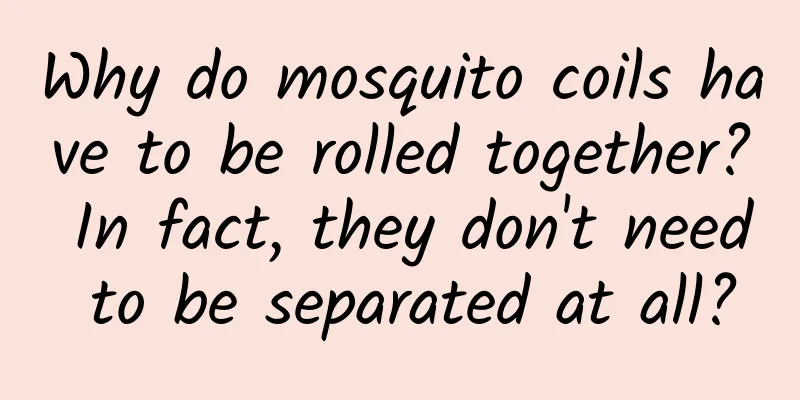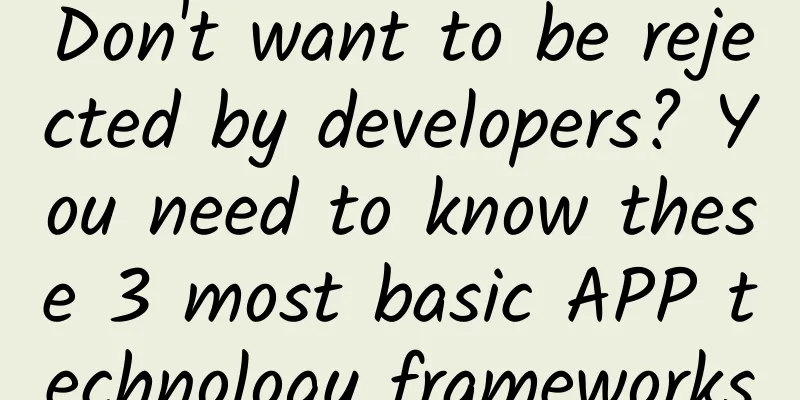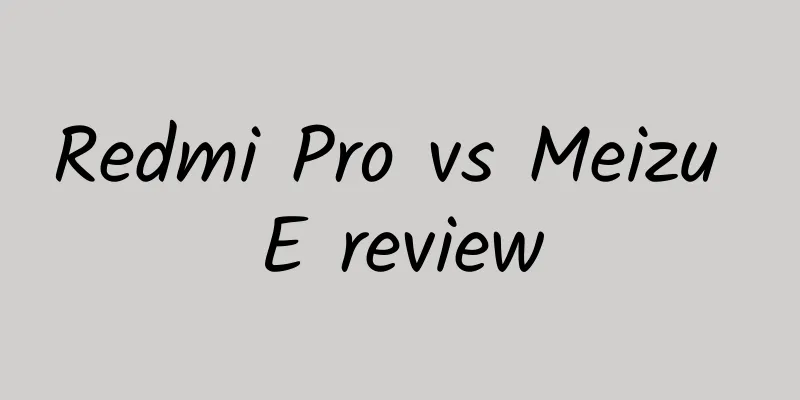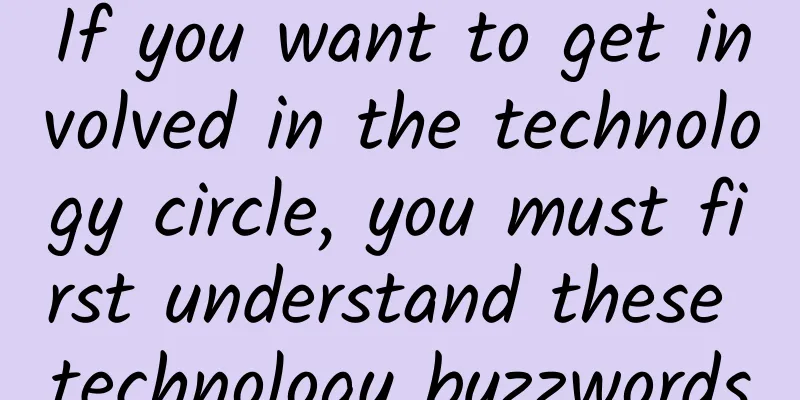On the 413th anniversary of the birth of the telescope, what secrets did Galileo see with it?
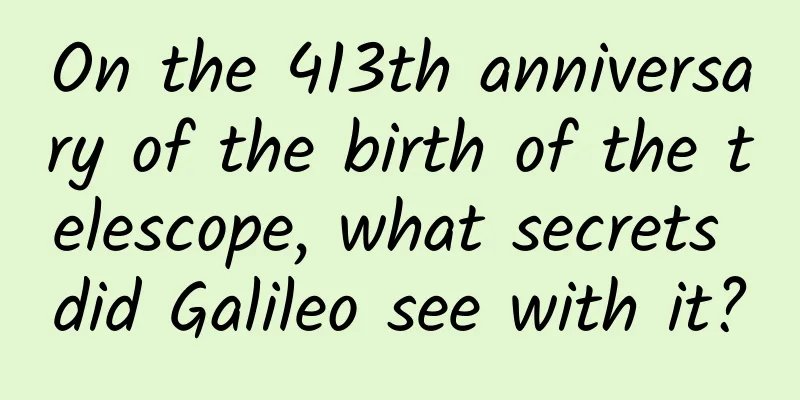
|
August 21, 2022, is the 413th anniversary of the first telescope in human history. In 1609, Galileo invented the astronomical telescope and used it to observe celestial bodies. On January 7, 1610, Galileo discovered four satellites of Jupiter with his homemade astronomical telescope, which provided solid evidence for Copernicus' theory and marked the beginning of the victory of Copernicus' theory. With the help of the telescope, Galileo also discovered Saturn's rings, sunspots, the sun's rotation, the waxing and waning of Venus and Mercury, the diurnal and monthly libration of the moon, and that the Milky Way is composed of countless stars, etc. These discoveries opened up a new era of astronomy. In 1609, two profound events occurred almost simultaneously in two cities 352 kilometers apart in Europe. The first was the publication of the book "New Astronomy" by the 38-year-old Kepler, which officially announced the first and second laws of planetary motion. The second event took place in Venice, Italy, on August 21, 1609, when the Italian scientist Galileo exhibited the first telescope in human history built according to scientific principles. In fact, it was not Galileo who first discovered the secret of the telescope, but a Dutch optician named Lippershey. When making lenses, this man put a convex lens and a concave lens together to look out, and objects in the distance became close. Galileo was very interested in this discovery. He used mathematics to calculate and study what kind of lenses and how to combine them together for better results. Finally, Galileo made two tubes, with a convex lens at one end of one tube and a concave lens at one end of the other tube. One of the tubes was slightly thinner, so it could fit inside the other tube and slide freely. In this way, when observing, you can adjust back and forth and choose the right distance. After repeated research and testing, he finally invented the world's first telescope that can magnify 32 times in 1609. As for the true value of the telescope, it was confirmed by Galileo's scientific experiments. In 1609, Galileo, who was in Venice, learned from a friend's letter that Lippershey had made a telescope. He returned to Padua and started making astronomical telescopes. In less than three months, the 45-year-old professor had already imitated two telescopes. What was even more unusual was that he did not just use them as toys for the pleasure of literati and wealthy businessmen to see the distant mountains, but pointed them to the starry sky. From then on, a door to the mysteries of the universe opened in front of astronomers. In December 1609, Galileo used his homemade telescope to observe the moon. He found that the surface of the moon was not perfect as Aristotle said, but was full of pits and bumps. The moon was covered with some ring structures with high sides and low in the middle, which were called "craters" by later generations. More importantly, he knew that the moon was not created by God, and things in heaven were not necessarily perfect. He believed that the moon, like the earth, was a real world, and perhaps there were mysterious "moon people" living in those caves. Then, Galileo turned his attention to the brilliant stars. Although the stars were still the same when observed through the telescope, they had obviously become brighter, and many small stars that were previously invisible to the naked eye had appeared. He became the first person in the world to see through the mystery of the Milky Way - this was not a "milky road", but the brilliance of countless stars intertwined together. All this also made him believe that what Copernicus said, "the stars are extremely far away from us", might be a true saying, otherwise why couldn't the telescope magnify them? Galileo turned his attention to the planets. On January 7, 1610, he had seen the small yellowish round surface of Jupiter, which showed that planets were indeed much closer than stars. At the same time, he immediately discovered that there were always four smaller light spots next to Jupiter, which were almost arranged in a straight line. After several months of tracking observations, he was convinced that they were all orbiting Jupiter, just like the moon orbiting the earth, and they must be satellites of Jupiter. This showed that not all celestial bodies were orbiting the earth! So it became the first observational basis for Copernicus' heliocentric theory. To commemorate Galileo's discovery, later generations also called these four larger Jupiter satellites "Galilean satellites." Except for Europa, which is slightly smaller than the moon, the other three are larger than the moon. Europa is the apple of the eye of astronomers because it has an ocean of liquid water under its ice layer! In 1610, he discovered that Venus had phase changes. This discovery strongly proved the correctness of Copernicus' heliocentric theory. He wrote his new discovery into a book called "Report on the Starry World", and the publication of this book caused a huge response. However, theologians cursed the telescope as "the invention of the devil", and Galileo was persecuted by the church for promoting the heliocentric theory. But his achievements opened up the road of science, shook the dominance of religion, and Galileo himself became the founder of modern experimental science. Galileo was a scientific warrior who fought unyieldingly to defend the truth. At that time, people were eager to spread the word: "Columbus discovered the New World, and Galileo discovered the new universe"****. Engels called him "one of those giants who, no matter what the obstacles, could break the old and create the new". Stephen Hawking said: "The birth of natural science is due to Galileo, and his contribution in this regard is probably unmatched." Comprehensive compilation: Popular Science China, "Universe and Space" WeChat public account |
<<: Can human tissues or organs completely regenerate, thus achieving immortality?
>>: What exactly is Occam's razor?
Recommend
APP cold start skills and strategies
Cold start is an important beginning in the entir...
Apple's "calling in the rain" ad sparks controversy, but is still a good one
Apple 12’s waterproof advertisement has become po...
How can operations learn from user feedback and avoid detours?
Learning from user feedback is a big or small thi...
Set sail! 16 pictures show the development of domestic ships over the past decade
On January 16, 2022, the China Association of Shi...
How do we control the rocket after it's launched?
I said before that rockets and carrier rockets ar...
Xinzhu "30-day hand-painting training camp: Become a hand-painting master even with zero basics"
Xinzhu's "30-Day Hand-Painting Training ...
Urgent reminder: Don’t buy, don’t eat! Excessive toxins have been found!
People who love to eat seafood, don't touch t...
Can the mind also catch a cold? And it’s quite serious!!!
Audit expert: Li Xianhong National Level 2 Psycho...
What are the commonly used website promotion methods?
SEM Promotion SEM is the abbreviation of Search E...
Is it really that easy for Blue Devils to get involved in the "machine manufacturing" business?
No matter how harsh the domestic mobile phone mar...
Is it better to use chicken powder or MSG when cooking? Is it harmful to the body if consumed for a long time?
Chicken bouillon and MSG For some people (such as...
Attention! What you think is a callus may actually be a viral infection!
You may have heard of calluses and corns, but do ...
Exclusive analysis of the secrets to increasing the amount of creative advertising material from 0 to 1!
1. The core logic of delivery As an agent, what s...
Analysis of competitors of Tik Tok, Xigua Video, and Bilibili!
Table of contents: 1.0 Tik Tok VS Bilibili 2.0 Xi...
Hammer phone high standard drop test
The drop test of the Hammer phone is finally comp...
